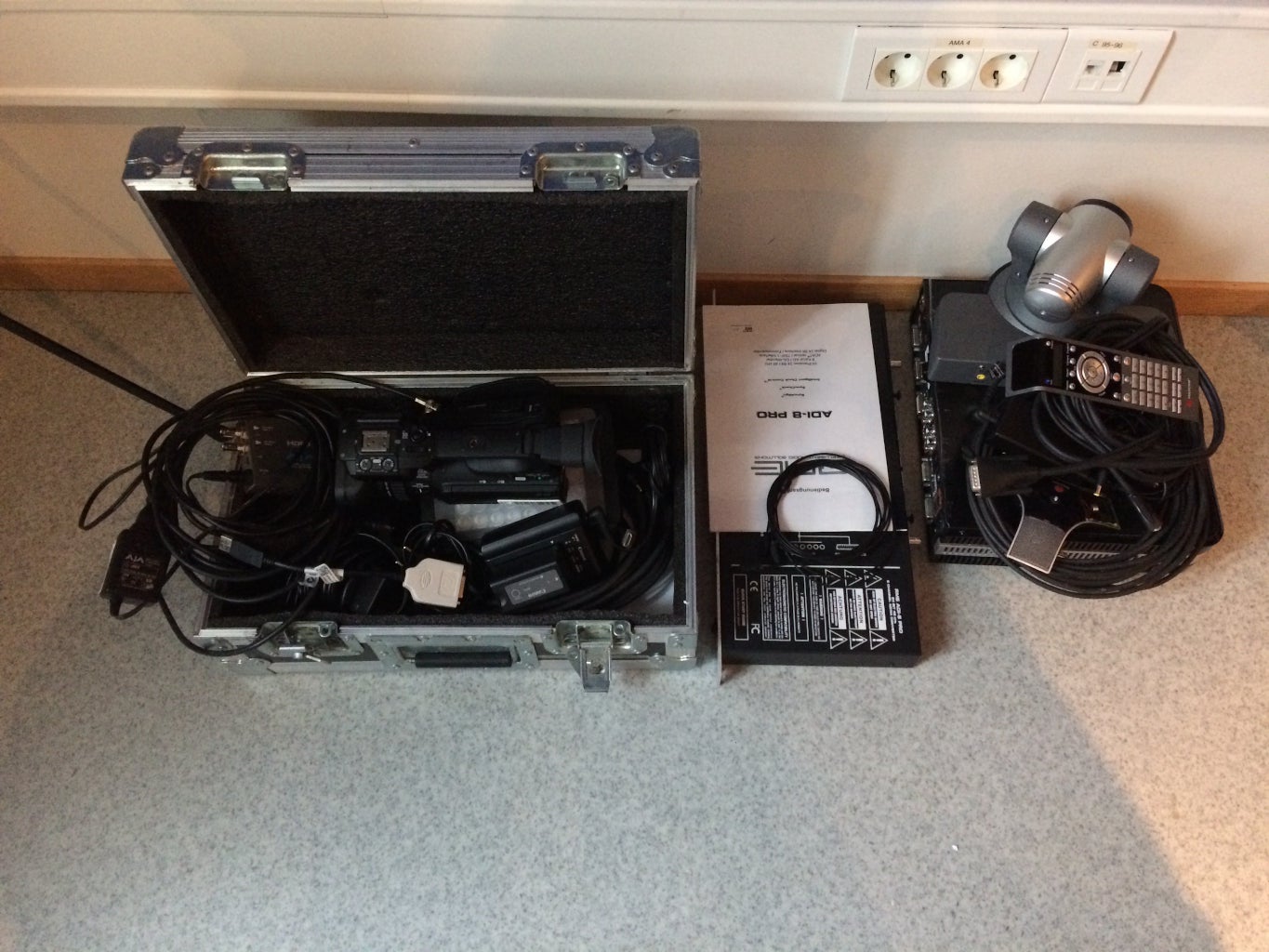A-team - week 44

Cleaning / Improving communication feedback / Modifying the signal chain in Oslo
Cleaning up
It is very important and professional to keep the signal chain (physically) clear and cabling clean and tidy. We thus decided to tidy up the portal, making it easier for everybody to see the signalchain and able to troubleshoot. Epecially in the way that MCT students are supposed to work together (in 3 teams, in charge of modification and doing the portal job, in order, every week). This will also help a lot if we are to modify or move the components in the future; otherwise it would be very hard to follow what is what.


During the clean up process there were some unused equipment and cables found laying around in the portal. You can view the amount of equipment in the picture below. Needless to say, how space consuming and confusing their presence could be. Although one of these was an RME device, which is supposed to be used for multichannel communication, we chose to remove it since we did not have the cable needed for implementing it.

Working on improving the communication via TICO
When speaking at a distance of approx. 60cm or less from the microphones, we could both in Oslo and Trondheim experience our voice as more reverberant. This was due to feedback, where our voice was sent through TICO, and then “leaked” into the microphones at the recieving end. The reverberant issue was much more present for us in Trondheim, implying that the speaker and microphone setup in Oslo had to be improved, reducing the feedback. To fix the problem in Oslo, we managed to add a third cardioid condenser microphone (DPA2011) in order to cover all the people in the room, with less gain on the microphones. In additon we turned down the output level in Trondheim slightly, adjusted the microphone angles to reject most of the sound coming from the speakers, and lowered the gain of the microphones closest to the speakers. Together the reverberant effect went away at normal speaking distances, which is when you are seated in your chair, and not leaning too close to the microphone. The critical distance to the microphone will of course depend on the speakers/persons voice level, which we have found can vary a bit in our class. It would be nice to try to compansate for both low and high level voices in our system in a good way, where increasing feedback is accounted for.

Modifying the signal chain in Oslo
The big problem is the variation of the ways being used in order to control the I/O. Therefore having a proper signal chain map could help the groups to work together, in a proper order, and modify things.
Mic Check 1,2,3 - setting up a DPA 2011
We decided to add to the microphone setup on the Oslo side. Looking at Trondheim through the high quality TICO, we see that their set up has a microphone for each table, I.e one condenser mic for every two students. The setup at the start of the week in Oslo was a similar semi circle of tables that Trondheim has facing the portal, but with only 2 microphones for 3 tables, set up on the sides to capture the most sound - with minimal feedback. However, we found the middle to be a little quiet, and there are little options with a 2 mic setup. So, Sam & Espen decided to find one more condenser microphone - for the middle table.
After some rummaging in the safe, two small DPA 2011 stereo mics were found in a little black flight case. We thought we could use one for the job, as the mic is dead centre of the room - a mono signal should work well. After setting up the DPA 2011 on a mic stand facing the centre table, we connected it to the patchbay,which connects to the MIDAS mixer at the back of the room. This is then processed slightly with compression, eq, then bussed with the other microphones. This is then sent to TICO.
Aside from this, we collaborated with Trondheim to find a balance of levels that will achieve clarity of sound, with as little feedback as possible. This we found was a fine balance, we found the best setting possible, but still feel there is lots of room for improvement (figuratively, and literally!).
Team A
